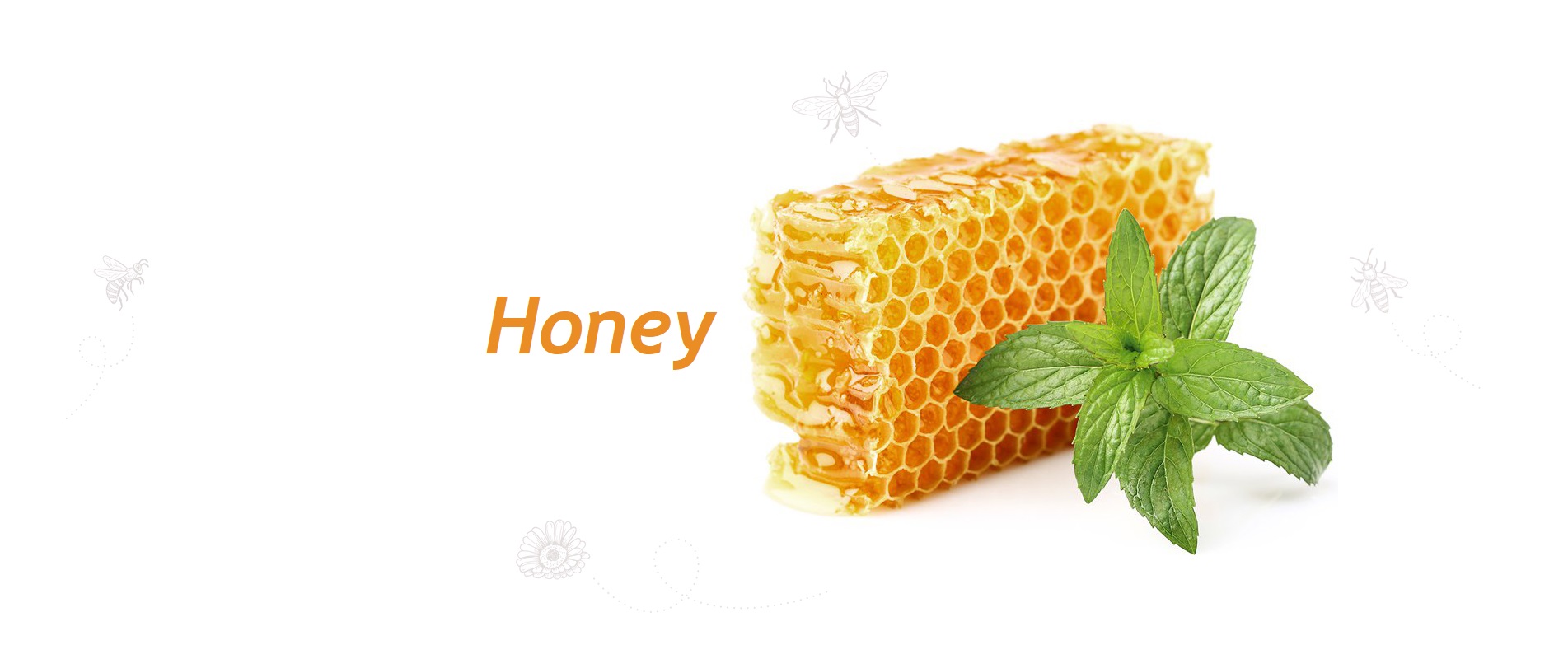A Brief on Honey and It's Benefits
1- History and Culture
2- Physical and Chemical Properties
3- Nutrition and Medical Benefits
4- Classification and Cultivated Area
5- Production Process
6- Environmental Benefits and other
1. History and Culture of Honey
Honey is a precious gift from the nature for human beings. In many cultures, Honey has the long and different history that behind just only use as a food and medicine, with religious meaning.
Scientists are found the earliest prove of Honey Harvesting on rock painting in Valencia, Spain last 8000 years ago. In ancient Egypt and Greece, honey was used not only for food but also for embalming the dead. According to Legend, Teaching and New Testament of Buddhism, Christian, Islam, honey plays in an important role that someone lived for a long time in the wilderness just only on diet lotus and honey and strongly recommended to use the Honey for healing purpose. So honey is nutritious and healthy food from the ancient times.
2. Physical and Chemical Properties of Honey
Honey has so many physical and chemical properties in different conditions. So it cannot say what kind of appearances are the real honey’s properties. Honey comes in a variety of colors, ranging from almost lighter to dark brown, depending on the floral source. For example, wild sunflower honey is typically lighter, while sunflower honey is darker. Real honey may naturally crystallize caused by the rate of main sugar: Glucose and Fructose. The melting point of crystallized honey is between 40 and 50 °C (104 and 122 °F). Honey is a super cooled liquid at the room temperature. And the normal density range of honey is between 1.38 and 1.45 kg/L at 20 °C. And Honey also contains vary of Electric Conductivity, Acid, HP Level and other minerals.
3. Nutrition Facts and Medical Benefits of Honey
There are so money surprising health benefits are contain in Honey. Since ancient times, natural honey has been used as both Food and Medicine for human beings. Honey is rich in antioxidants that can help for human body but low in vitamin. One research in 1980, multi-floral honey from several region of America typically contains as follow.
- Fructose (Fruit Sugar) : 38.2%
- Glucose (Same as Blood Sugar) : 31.3%
- Maltose (Malt Sugar) : 7.1%
- Sucrose (Same as Table Sugar) : 1.3%
- Water (Moisture Content) : 17.2%
- Higher sugars : 1.5%
- Ash : 0.2%
- Other/undetermined Content : 3.2%
According the above nutritious contents, honey can provide and treatment to the several parts and rest of the organ. So, most of the scientists are believed that honey is very useful as a drug for the entire body and many health problems: Cough and asthma, wound and burn, sleep disturbance, high blood pressure, stress, weakness and vision problems.
General Health Benefits of Natural Honey (Brief)
|
Sr |
Kinds of Honey |
Benefits |
Regions (Myanmar) |
Harvest Seasons |
|
1 |
Ju Ju Be |
Digestion System & Metabolism |
Sagaing/Magway |
SEP To OCT |
|
2 |
Niger |
Reduce Toxic and Inflammation |
South & North Shan State |
NOV To JAN |
|
3 |
Sunflower |
Reduce Cholesterol & Respiratory |
Sagaing, Bago, Ayeyarwady |
JAN To APR |
|
4 |
Lychee |
Reduce Body Heat & Detoxification |
Northern Shan State |
MAR To APR |
|
5 |
Multi Floral |
Inflammation & Metabolism |
Whole Country |
FEB To APR |
4. Classification and Cultivated Area
Honey can divide by its floral source and it can be from different species of flowers. There are so many different standards and grading for honey in the different countries. But, in generally: Honey can be divided based on a number of factors, including water contents, flavor and aroma, color and clarity. According to UN FAO {Food and Agriculture Organization} data, the world’s bee colonies have around 83 million in 2014. And mainly cultivated area of honey: USA, China, and India, Ethiopia, Turkey, Australia and some other region over the world.
5. Honey Production Process
Honey Production include with three main parts: Collection, Preservation and Adulteration. In the Collection Section, extraction process may be first doing thing from the beehive and filtered in order to remove bee wax and other debris. In the Preservation Section, honey can be storage for long term because of its composition and chemical property. The method of honey preservation includes Homogenization, dehydration (Evaporation Method), Cooling Process (Chiller Plant), Re-homogenized by using Circulation Process. In the Adulteration, honey had adulterated by the mixing of mainly in Glucose, Fructose, Maltose and other sugar content, color changes by the temperature and crystallize by the ratio of sugar contain.
Reliable Storage Method for Honey
|
Sr |
Storage Instruction |
Effect |
Suitable |
|
1 |
Avoid the Direct Sunlight |
May Change Color to Dark |
Keep Normal |
|
2 |
Avoid the Metal Packaging Container |
Can Be Oxidize |
Use Glass Jar |
|
3 |
Avoid Temperature Below (20 °C) |
May be Crystalize |
Keep (20-40 °C) |
|
4 |
Avoid the Normal Plastic Packaging |
Can Porous (low water content) |
Use HDPE |
|
5 |
Avoid the using Open Container |
May be absorb external smell |
Use Airtight |
6. Environmental Benefits and Other advantages
Honey is a food substance made from bees. Bees play in an important role in the lift cycle of plants and so many flowers rest of the world by pollination flower to flower, in order to improve reproduction system. Finally, “If the bee disappeared off the face of the Earth, man would only have four years left to live.” You've probably seen this quote, usually attributed to Albert Einstein. So let’s start to protect the bees by using the Honey with suitable ways in our daily life.

